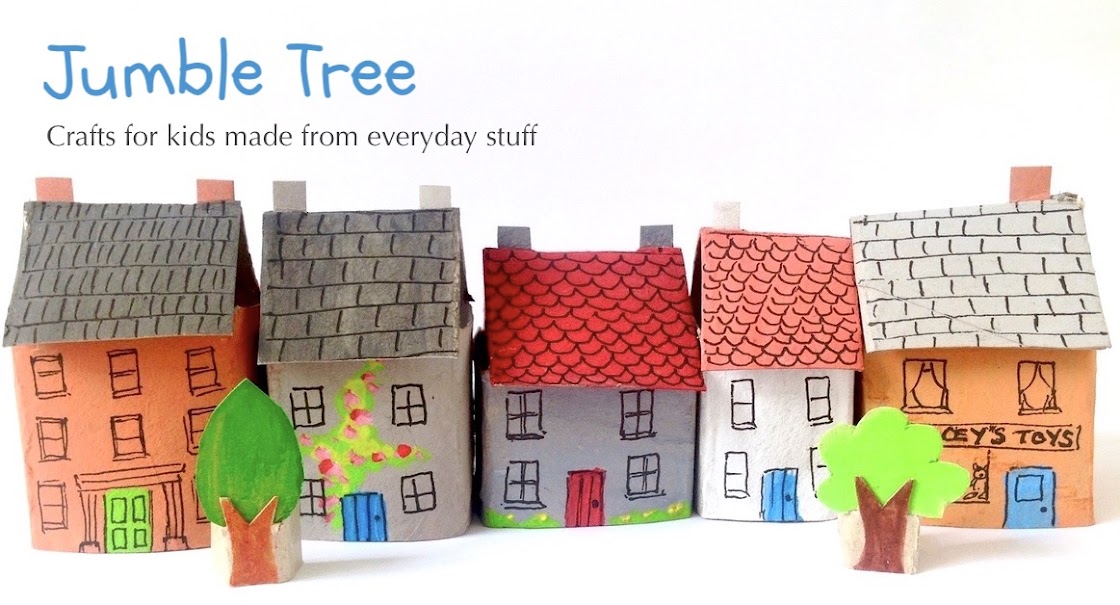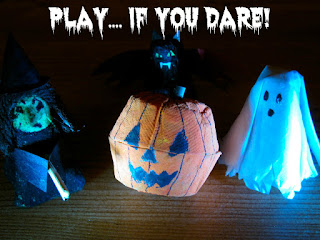Know your Shaggy Parasols from your Blushers? Not something I'd be staking my life on, but there's a glimmer of a chance now, because after banging on about it for years, I finally booked myself on a mushroom foraging course in the Forest of Dean.
So very glad I did, it was such a good day, and full on - from 10 to 5 - searching for mushrooms in the woods, learning how to spot the good ones, and more importantly, the deadly avoid-at-all-costs ones.
Our guide was
Jesper Launder: top forager, Herbalist and a font of fungi knowledge, with an ever so slight Brian Cox thing going on.
No doubt whatsoever he loves his mushrooms, and I'd say his enthusiasm and passion rubbed off on the whole group. The best kind of teachers - especially when it's
really important to pay attention...
There was such a lot to take in - in the first half hour we'd already found over half a dozen different types: Butter Caps, Fairy Bonnets, Honey Fungus, Puffballs, Shaggy Parasols, Blushers.... some edible, some not. I started taking notes - not stuff I wanted to get muddled about. Up to this point the only thing I knew about Honey Fungus was that it was responsible for the demise of several small trees and shrubs in our garden. I had no idea you could eat it.
Jesper explained some of the distinguishing characteristics of different mushroom families - colour (red, best steer clear), shape, stem rings, gills or not; just for starters.
But of course nothing's really that clear cut - some red ones are okay, some good ones have evil looky-likeys - Blusher (good)/Panther cap (baaaad) or Shaggy Parasol and The Vomiter...
Even some in the fungi family that includes the lethal Death Cap are apparently edible, though why you'd want to go anywhere near mushrooms that have relatives with Death in the title... or Web, as it turns out.
There were a few in our group of about 10 who already knew a fair amount, but most were beginners like me. The only wild mushroom I've ever felt happy foraging is a giant Puffball. Mainly because there's no chance of muddling it up with anything else really, and there's one that pops up most years in the church car park next door. We found this a few years ago.
Delicious fried in a little garlic butter with bacon, and the rest went in pasta and savoury rice. It lasted for the best part of a week.
So excited when I found a smaller, but perfectly round and firm one in the same place just before the foraging day, but didn't pick it straight away because I knew my daughter would enjoy that bit. Of course I promptly forgot all about it, and when we went back someone had flipping well driven over it!
Love the name of the one at the back - Amethyst Deceiver - mushrooms do have great names.
As well as looking pretty amazing, some smell unexpectedly amazing too. One of the more experienced foragers found a tiny Coconut Milkcap mushroom that really did smell of desiccated coconut.
We nibbled a few varieties of Brittlegills - very common in the UK, edible, but not all of them are pleasant - some tasted spicy hot, like you'd been hit by a wasabi express train. The most desirable one is the Charcoal Burner...which doesn't have brittle gills like the rest. I'm feeling the more you learn, the bigger the mushroom minefield gets.
Jesper took us foraging in three different places - the first was probably the best, but as he says, it can change so quickly - a spot that's good one time, can have little to offer on the next visit. The foraging window isn't often that wide either, and probably not helped by the growing numbers of wild boar in the Forest of Dean, digging up the soft ground. Some spots where just a mass of churned up earth and mud.
HUGE mushroom envy when someone found this large Porcini (Cep or Penny-bun) - from the popular, and mostly edible, Boletus family. They're an easier one to identify because the underside of the cap has spongy pores rather than gills. Still, some are toxic (of course) and we were warned to avoid red boletes and ones that turn a vivid blue when cut.
Jesper explained other helpful detection techniques, like the spore test, though feel that's getting into advanced foraging territory; and as he's a qualified Herbalist, he talked a bit too about the medicinal properties of some fungi, which was one of the most interesting parts for me.
I had no idea that some common Polypores (Bracket Fungi, usually grow on wood, often shelf-shaped), like the one called
Turkey Tail, are used to treat cancer. Mainly in Asia, though there's more research going on here now apparently. Or that Birch Polypores can be used as firelighters, knife sharpeners or, rather brilliantly, strips cut from the underside make a neat natural plaster. Antisceptic, porous, anti-fungal and sticks to itself.
Did you know that the dusty spores in an old Puffball also act as a natural antiseptic and can be puffed out to help treat a cut? It's known by quite a few weird and wonderful names. Seeing a murky little cloud burst forth, 'Wolf's Fart' sort of makes more sense...
I was definitely not top student forager - there was a measly amount in my basket compared to the others, but as I'm the only one at home at the moment who eats them, that was fine.
I hadn't really appreciated all wild mushrooms should be cooked, and that some absolutely have to be cooked, to break down toxins. And on the whole chuck out the stalks.
We found quite a lot of Honey Fungus, which is a popular one, though apparently not everyone gets on with it. That's another thing - a tasty little mushroom treat for someone can be an indigestible nightmare for someone else. But I'm pleased to report no repeating problems with our Honeys. I cooked them with a little butter, thyme and seasoning, and though they disappeared to almost nothing in the pan, they were delicious.
Obviously a little mushroom knowledge could be a very dangerous thing, but actually, if anything I'd be more wary and cautious now. I'll be dashing out to get a seriously good guidebook before I dash out to do any foraging. It's more about the knowing and the searching for me, rather than the eating.
And if I ever did venture out, I'd stick to the most obvious ones that are easiest to spot, like Porcini, Funnel Yellow Chanterelles, Hedgehog Mushrooms (spines instead of gills) and of course my old favourite, the Puffball.. as long as they're not purple inside...
Jesper also offers a kind of after care service, so if you're brave enough to have a go yourself and are not absolutely 100% sure what you've got, you can email him a picture. He runs other courses in different parts of the country - and not just mushroom foraging. If you're interested, do have a look at his
website to see if there are any near you. You won't be disappointed.


























































